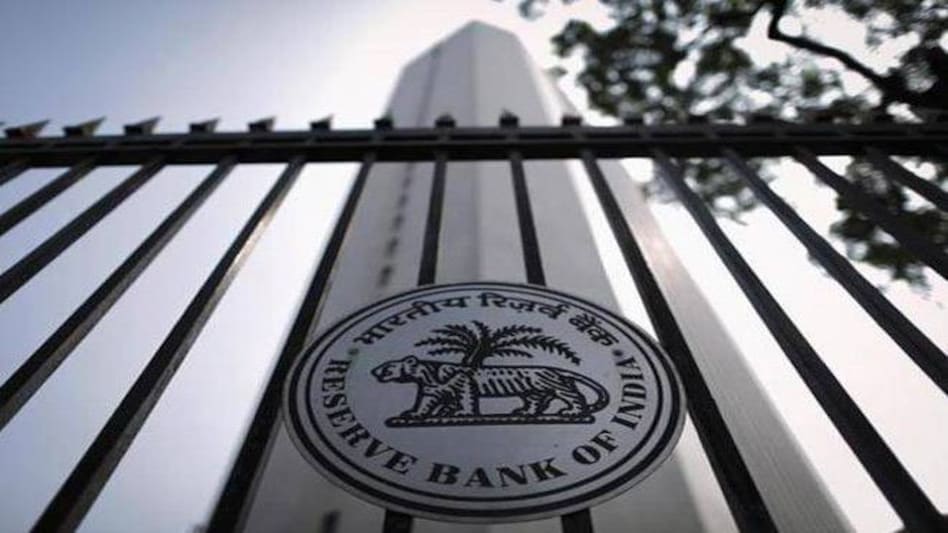

In the fourth consecutive cut, the Reserve Bank of India (RBI) Wednesday lowered the repo rate by 35 basis points to 5.4 per cent. This reduction of 35 basis points may not be very unconventional since the key policy rate has also seen cuts of 40 basis points from 7.5 per cent in November 2002 to 7.10 per cent on March 7, 2003. This was quickly followed by a 10 basis points rate cut to 7 per cent on March 19, 2003. In other instances, however, the rate reduction was restricted within 25-100 basis points. Since 2001 (when data was available), the repo rate was changed 56 times with an equal 28 cuts and raises. Since then, on five occasions the policy rate has been reduced consecutively.

The RBI reversed the trend in the repo rate in January 2014. Since then, the central bank has reduced rates 11 times but raised briefly twice by 50 basis points between June 2018 and August 2018; blocking its way for the longest period of rate cuts in the country's history.
In the 2019 calendar year so far, the repo rate has been cut four times with a total cut of 110 basis points. Dhiraj Relli, MD & CEO, HDFC Securities said "The RBI monetary policy committee's decision of an unconventional 35 bps rate cut speaks about its intent of cutting rates more than the usual 25bps but less than the 50 bps which it termed as excessive. This however induces some uncertainty in market expectations on the quantum of rate changes expected henceforth. The overall tone of the monetary policy was dovish with slowing growth - both on the global and domestic front - being a major concern. 'Cyclical slowdown in growth' as RBI governor mentioned - has been the primary driving factor for rate cuts as seen in the past few MPC decision."
Will transmission improve?
The period before 2014 when the economy last witnessed a rate cut was between October 2011 and May 2013-the repo rate reduced from 8.50 per cent to 7.25 per cent, or 1.25 basis points. The weighted average lending rate of banks on outstanding loans was reduced by 0.5 per cent by the public sector banks and 0.6 per cent by the private banks during February 2012 to May 2013. However, off late, bank interest rates have remained sticky despite the falling repo rate. With over a percentage point reduction since the beginning of the calendar year, this weighted average lending rate has reportedly gone up by 0.05 basis points for the public sector banks and 0.06 for the private banks, during the period.

Repo rate is the interest rate at which RBI lends money to banks. When the cost of borrowing goes down for banks, they can choose to lower their respective marginal cost of funds based lending rate (MCLR), which is the minimum interest rate that a bank will charge on the loan and directly impacts your EMIs.
Experts believe that the primary focus will now be on the improving transmission of bank lending rates which has not shown commensurate extent of easing. This leaves poor borrowers with nothing but to just wait and watch.
Also Read: MPC Meet: EMIs to come down as RBI cuts repo rate by 35 bps to 5.40%
Also Read: Petrol to be sold in supermarket? Modi govt mulls relaxing retail fuel norms
Also Read: SBI cuts home loan rates by 15 bps across all tenors after RBI policy announcement